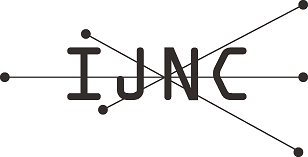Region of Interest-Based Parameter Optimization for Approximate Image Processing on FPGAs
Abstract
In recent years, technological advancements in computer hardware systems have been lagging behind the demand for increased computational power, especially in application domains such as signal and image processing. Approximate computing is a design paradigm for efficient system design to overcome this bottleneck by exploiting the resilience of such applications to inaccuracy in their computations and trading off quality for hardware resource savings. Over the years, many approximation techniques have been proposed on various abstraction layers and demonstrated their effectiveness in different applications. Combining multiple methods in a larger system can further increase the resulting benefits. However, this often leads to a non-trivial optimization task of finding the best parameterization across all employed methods. The interaction and influence of error propagation between individual components demand a global optimization of parameters that simultaneously considers all the parameters for each of the approximation techniques used. In this work, we propose a methodology for exploring such highly complex design spaces using a multi-objective genetic algorithm in an FPGA-based system. Simple models are used for the estimation of resource demands in terms of power together with the anticipated quality degradation. The optimization is carried out to determine the trade-off between these objectives. We demonstrate the effectiveness of our approach on a typical color processing pipeline by tailoring the encoding and genetic operations to the needs of this application. To focus the optimization into a relevant region of interest, we propose ROI-NSGA, a novel variant of nondominated solution selection, and compare its optimization efficiency with the traditional NSGA-II approach for the examined case study. Our results show that the models are able to guide the optimization, and that the genetic operations and selections are capable to find Pareto-optimal solutions, among which the desired quality-resource trade-off can be chosen. Besides, the ROI-NSGA based optimization outperforms the results obtained for the case study using the NSGA-II approach within the region of interest.
Keywords
FPGA; Approximate Computing; Design Space Exploration; Multi-Objective Optimization; NSGA-II; Genetic Algorithm; Image Processing
Full Text:
PDFRefbacks
- There are currently no refbacks.
